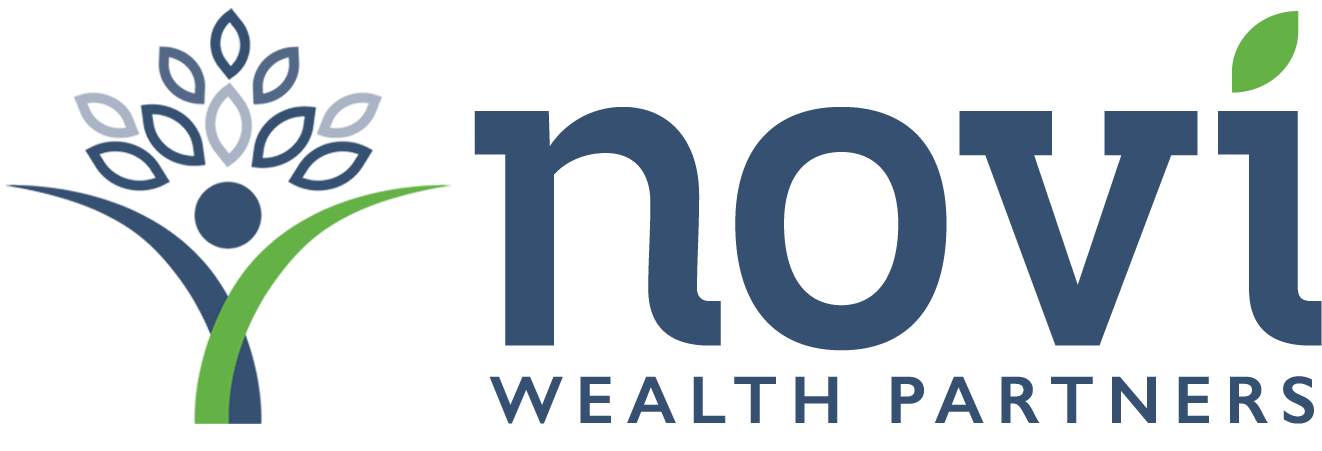BMS Employees Can Maximize Retirement Savings with the Mega Backdoor Roth Strategy
- Devin M. Starr, CFP®

- Aug 27, 2024
- 3 min read
Supercharge Your Retirement Savings with This Powerful Strategy for High-Earning Corporate Employees
Key Takeaways

A Mega Backdoor Roth strategy allows high-income employees to contribute up to an additional $46,500 in 2024 to a Roth after maxing out regular 401(k) contributions.
To take advantage of this strategy, your company's 401(k) plan must allow after-tax contributions and provide in-plan Roth conversions or in-service rollovers to Roth IRAs.
Watch out for potential pitfalls, such as exceeding the 415(c)-contribution limit, paying taxes on investment gains during rollovers, and navigating employer-specific plan rules.
To retain key employees, larger companies are offering Mega Backdoor Roths. If you work at Bristol Myers Squibb (BMS) or another employer providing this benefit, it could play a role in your retirement strategy. As always, we’re here to help you navigate this opportunity.
What Is A Mega Backdoor Roth?
A Mega Backdoor Roth is a specialized 401(k) strategy that allows high-income earners to contribute beyond the standard 401(k) contribution limit. In 2024, after maxing out the standard contribution limit of $23,000 (or $30,500 if you're fifty or older), you can potentially contribute up to an additional $46,500 in Roth contributions, supercharging your retirement savings.

This strategy is especially beneficial for BMS employees who have already maximized their traditional 401(k) contributions and want to enhance their retirement savings with tax-advantaged accounts. However, this option is only available through employers that offer it as a benefit, like BMS.
How Does A Mega Backdoor Roth Work?
A Mega Backdoor Roth involves two key steps: making after-tax contributions to a 401(k) and converting those contributions to a Roth 401(k) or Roth.
After-tax 401(k) contributions, aren't limited by the regular employee contribution limits but instead fall under the higher 415(c) limit, which is $69,000 (or $76,500 if you're fifty or older) in 2024. The 415(c) limit is a combined limit for employee and employer 401(k) contributions. Although these after-tax contributions don't have the same tax advantages as traditional or Roth contributions, converting them to a Roth account allows your savings to grow tax-free.
What Are The Requirements For A Mega Backdoor Roth?
Not all 401(k) plans allow Mega Backdoor Roth contributions. To participate, your company’s 401(k) plan must include:
After-Tax Contributions: The plan must allow after-tax contributions beyond your standard employee contribution limit.
Roth Conversions or In-Service Rollovers: The plan must allow either Roth conversions into a Roth 401(k) or in-service rollovers to a Roth IRA.

At BMS employees can set up in-plan Roth conversions to convert after-tax contributions to a Roth 401(k). Additionally, if Fidelity administers your plan, you can automatically convert after-tax contributions to a Roth 401(k) as soon as they’re made.
Real-World Example For BMS Employees
Consider a BMS employee under fifty who maxes out their traditional 401(k) contributions at $23,000. With an employer match of $6,900, their total 401(k) contributions reach $29,900. This would allow them to make an additional $39,100 in Mega Backdoor Roth contributions, bringing them up to the $69,000 limit for the year. This employee has significantly boosted their retirement savings by contributing an extra $39,100 into a Roth account.
Employees can set up these contributions by contacting their plan administrator.
Common Pitfalls To Avoid
415(c) Contribution Limits: The combined limit for employee and employer contributions is $69,000 (or $76,500 if fifty or older). Over-contributing could result in missed employer matching contributions if you hit the limit mid-year.

Tax on Investment Growth: Investment growth on after-tax contributions will be taxed when converted to a Roth. To avoid this, convert after-tax contributions to a Roth as soon as possible.
Plan-Specific Rules: Be aware of any specific rules your company’s 401(k) plan might have. For example, some plans may set their after-tax contribution limit to comply with non-discrimination testing. Additionally, some companies may require a waiting period before you can complete an in-service rollover to a Roth IRA.
Steps To Make A Mega Backdoor Roth Contribution
Max out your 401(k)-employee contribution using pre-tax dollars.
Elect to make after-tax 401(k) contributions.
Choose one of the following by contacting your plan administrator:
-Convert after-tax contributions to Roth using an in-plan Roth conversion, or
-Perform an in-service rollover to a Roth IRA for the after-tax contributions.
Conclusion
A Mega Backdoor Roth is a powerful way for high-earning employees to boost their retirement savings. However, it’s a complex strategy and not available in all plans. Consult with your company benefits specialist and plan administrator to ensure you're optimizing this opportunity. As always, we’re here to help. Reach out to us anytime for personalized assistance.
**Contact us today to see how our NJ-based wealth management firm can help BMS employees optimize retirement planning with strategies like the Mega Backdoor Roth.
Devin Starr, CFP® Associate Wealth Advisor at Novi Wealth





Comments